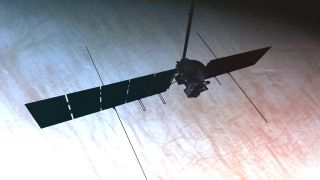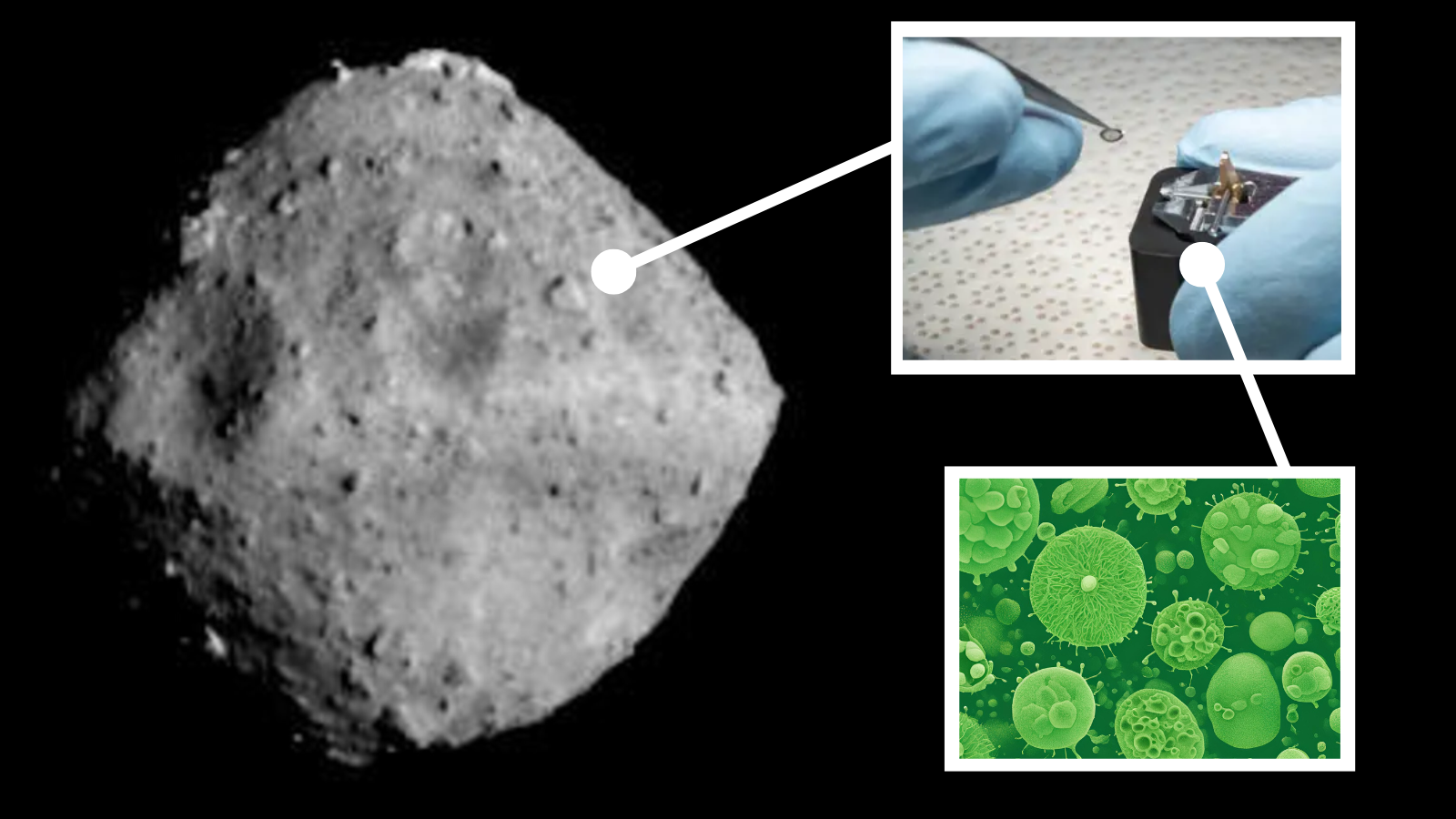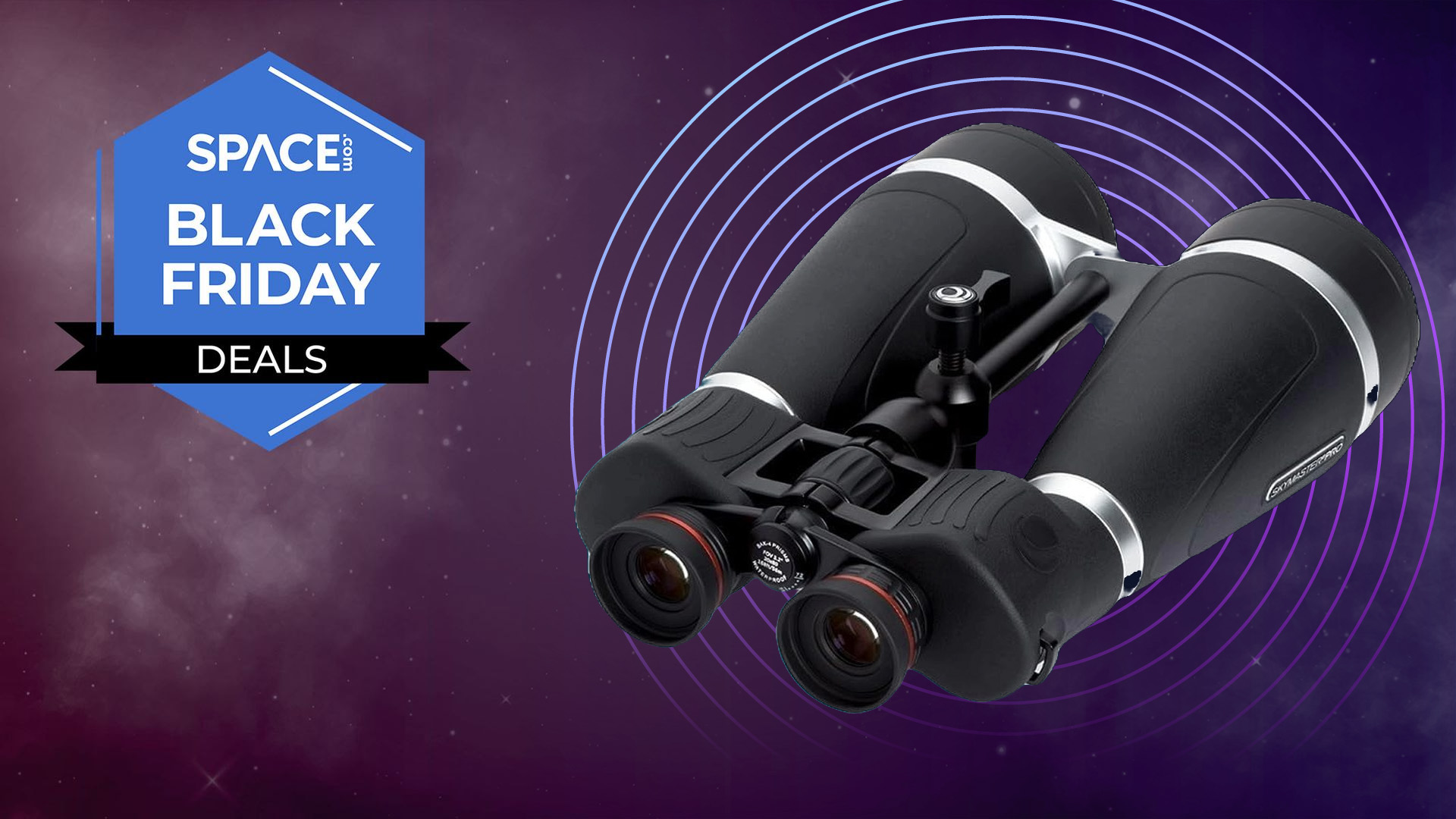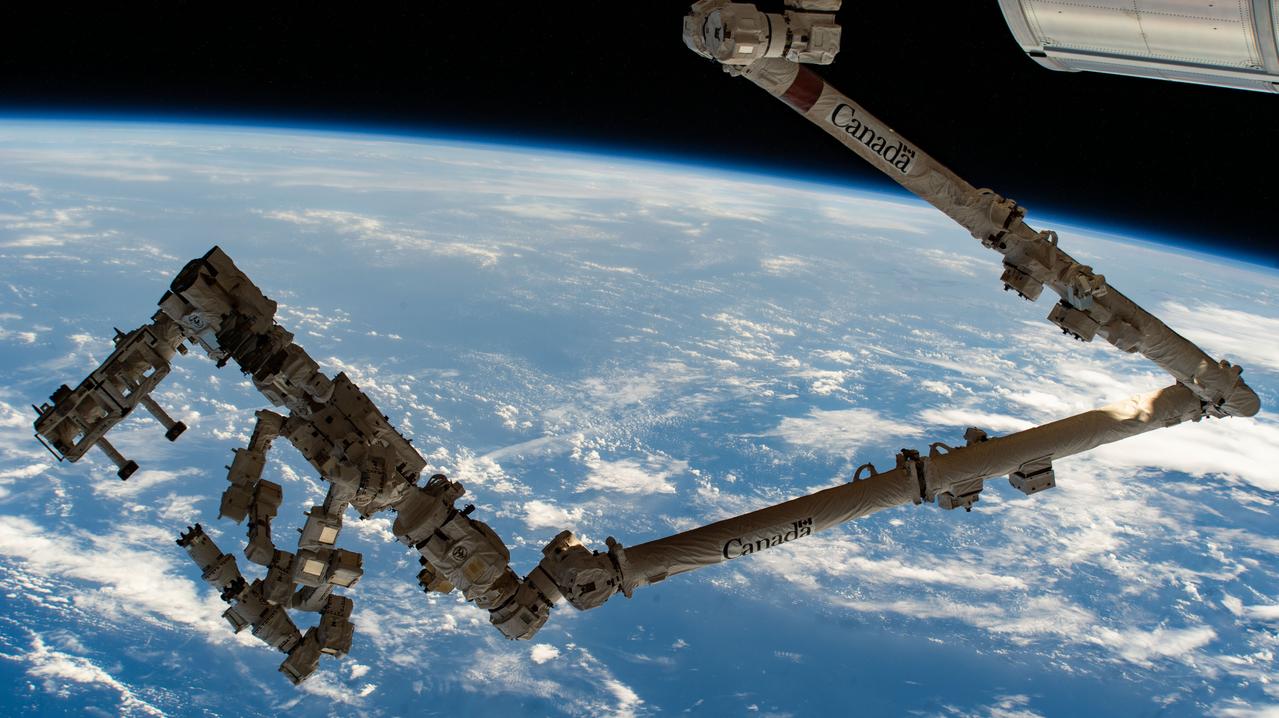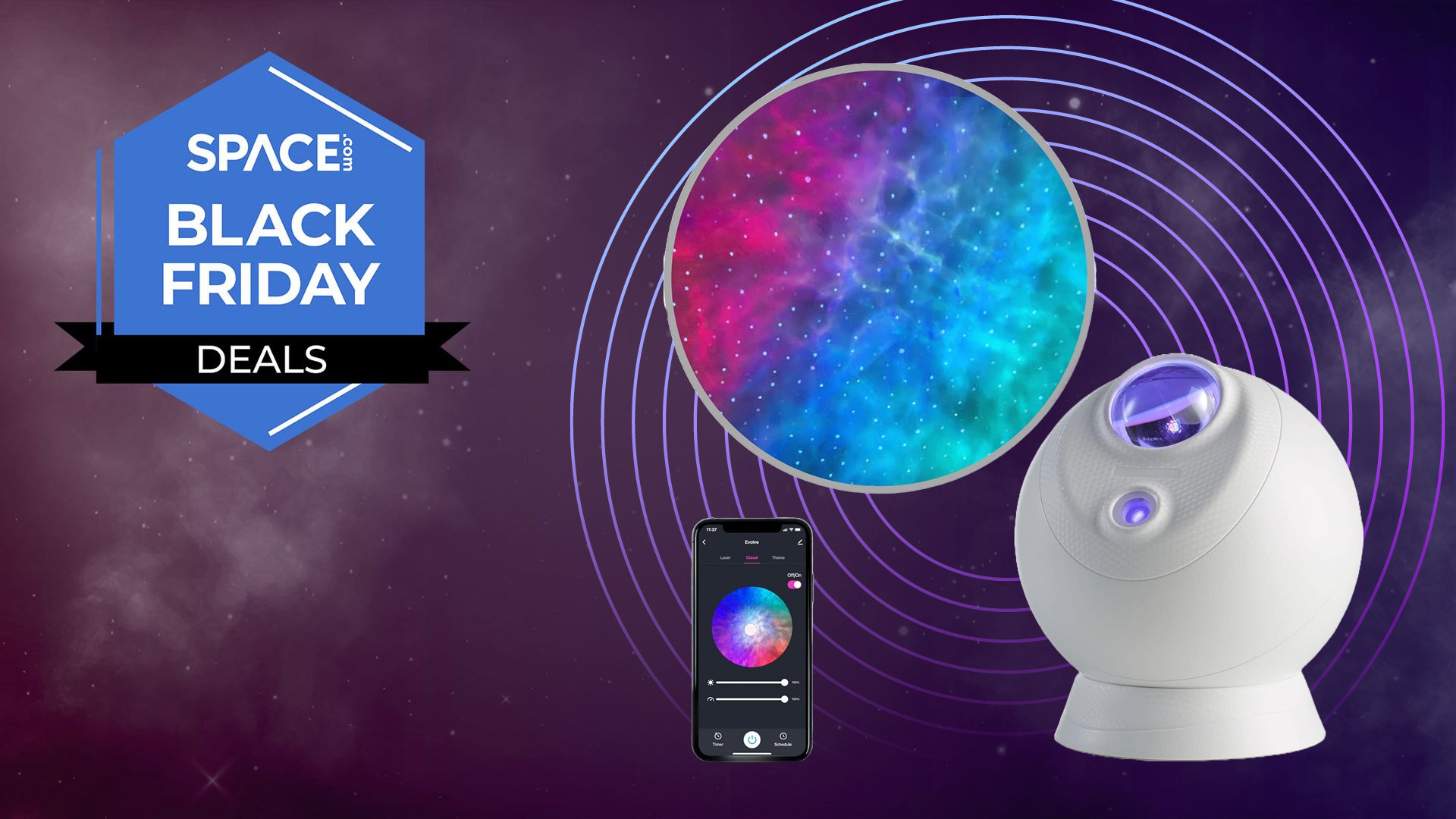NASA’s Europa Clipper mission has successfully deployed two of its science instruments as it makes its way to the Jupiter system.
Launched on Oct. 14, the Europa Clipper spacecraft is currently en route to study Jupiter’s icy moon Europa, which is believed to harbor a subsurface ocean. The mission lifted off from NASA’s Kennedy Space Center in Florida atop a SpaceX Falcon Heavy rocket. It has since ventured 13 million miles (20 million kilometers) from Earth, traveling at a speed of 22 miles per second (35 kilometers per second) relative to the sun, according to a statement from NASA.
“Europa Clipper is the largest spacecraft NASA has ever developed for a planetary mission,” NASA officials said in the statement. “It will travel 1.8 billion miles (2.9 billion kilometers) to arrive at Jupiter in 2030 and in 2031 will begin a series of 49 flybys, using a suite of instruments to gather data that will tell scientists if the icy moon and its internal ocean have the conditions needed to harbor life.”
The spacecraft has so far operated as expected, having deployed its massive solar arrays shortly after launch. The solar arrays, which extend the length of a basketball court, collect sunlight to power the spacecraft on its journey to Jupiter, and during its science work in the Jovian system.
Recently, the magnetometer’s boom and several antennas for the spacecraft’s radar instrument were deployed and will remain extended from the spacecraft for the full duration of the mission.
Measuring 28 feet (8.5 meters), the boom uncoiled from a canister mounted on the spacecraft body. Sensors paired with the hardware confirmed the deployment was successful. Once the spacecraft reaches Jupiter, the magnetometer will be used to measure the magnetic field around Europa. This will help scientists confirm the existence of the ocean believed to lie beneath the moon’s icy crust and measure its depth and salinity, according to the statement.
The radar instrument includes four high-frequency antennas that extend crosswise from the solar arrays, each measuring 57.7 feet (17.6 m) long, and eight rectangular very-high-frequency antennas, each 9 feet (2.76 m) long. Engineering data transmitted back from the spacecraft allows the mission team to assess how the hardware is operating.
“It’s an exciting time on the spacecraft, getting these key deployments done,” Jordan Evans, Europa Clipper project manager from NASA’s Jet Propulsion Laboratory in Southern California, said in the statement. “Most of what the team is focusing on now is understanding the small, interesting things in the data that help them understand the behavior of the spacecraft on a deeper level. That’s really good to see.”
The team will continue to check the spacecraft’s hardware, with seven more instruments expected to power on and off in a series of tests planned for December and January.
To reach Jupiter, Clipper will perform a few gravity assists by looping around Mars and then back around Earth. This maneuver allows the spacecraft to leverage a planet’s gravitational pull to gain speed and alter its trajectory.
The first Mars gravity assist is slated for March 1, 2025, when scientists plan to do a few tests of the radar instrument and turn on the spacecraft’s thermal imager to capture multicolored images of Mars. The spacecraft will then swing by Earth in December 2026 to propel it further toward Jupiter. The team will use that final gravity assist around Earth to calibrate the magnetometer and measure our planet’s magnetic field, according to the statement.

